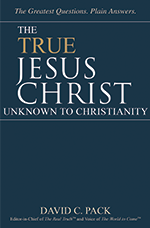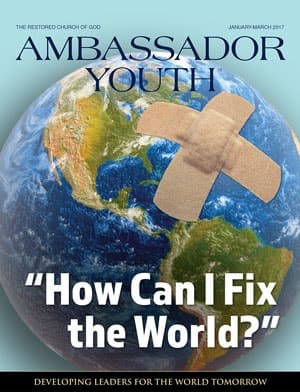Most believe Thomas Edison invented the light bulb in 1879. You may be surprised to learn that this is only partially true. The bulb he invented is similar to what is common today, but he did not create the first version.
Few are aware that a form of what we call a light bulb was invented in 1800 by an English scientist named Humphry Davy. Davy‚Äôs lamp, known as an ‚Äúarc lamp,‚ÄĚ produced light by creating a bright spark between two charcoal rods. However, for two reasons, the lamp was not very practical for most people: (1) It produced a blinding light similar to a welding torch, which was not useful for most residential and business purposes; and (2) it needed a tremendous amount of power to keep it illuminated.
In time, electric generators were invented that produced enough power to adequately supply the arc’s need for copious amounts of electricity. Davy’s invention became a staple in applications that required such a large amount of light, such as lighthouses and public assembly areas, and for searchlights used in war.
Some 19th-century scientists realized that a different system had to be devised for electric light to be practical for the home or office environment. In time, several individuals experimented with ‚Äúincandescence,‚ÄĚ or ‚Äúthe emission of visible light by a hot object.‚ÄĚ It was understood that if electricity passed through certain materials, or filaments, they would heat up and eventually glow, thus producing light. A problem with this method was that the filament quickly erupted in flames or completely melted! To alleviate this problem, the material needed to be enclosed to prevent oxygen from coming in contact with it. The solution? A glass container free of oxygen.
Several inventors developed oxygen-free bulbs and various types of materials through which electricity could pass and produce light. However, none proved to be practical for daily use. Most of these bulbs burned out after several hours.
Then along came a young inventor named Thomas Alva Edison. Though it took him thousands of attempts to find a solution, Edison invented a light bulb that burned for 600 hours. It used bamboo filament, which has a high resistance to electrical current, inside an oxygen-free bulb.
So you can see that, technically, Thomas Edison did not invent the light bulb. A handful of others produced them before he did. But he did invent the first practical light bulb!
















